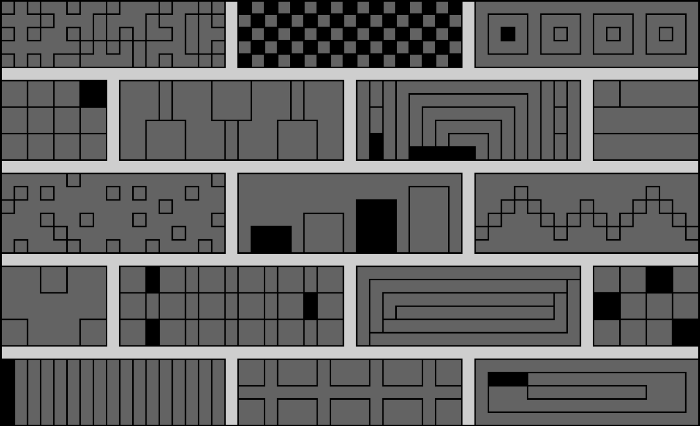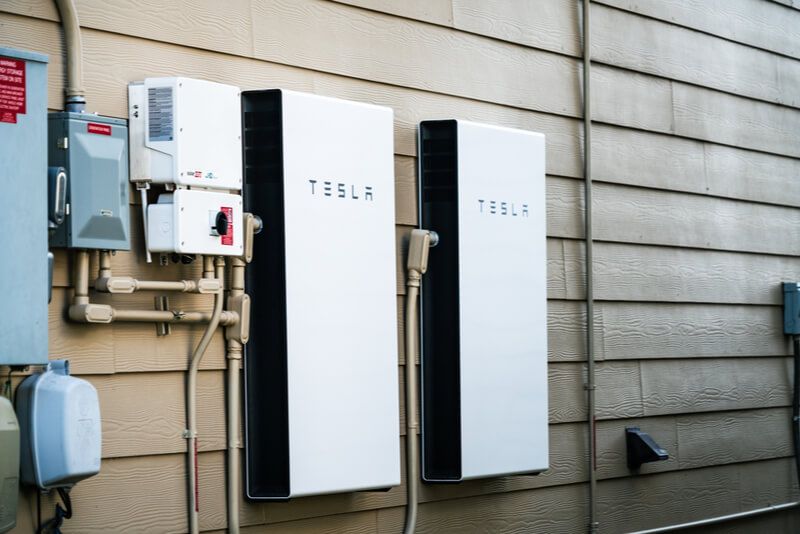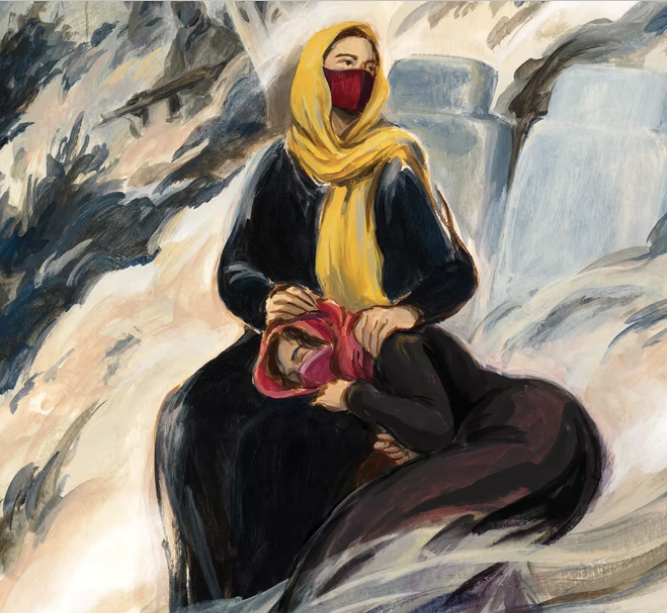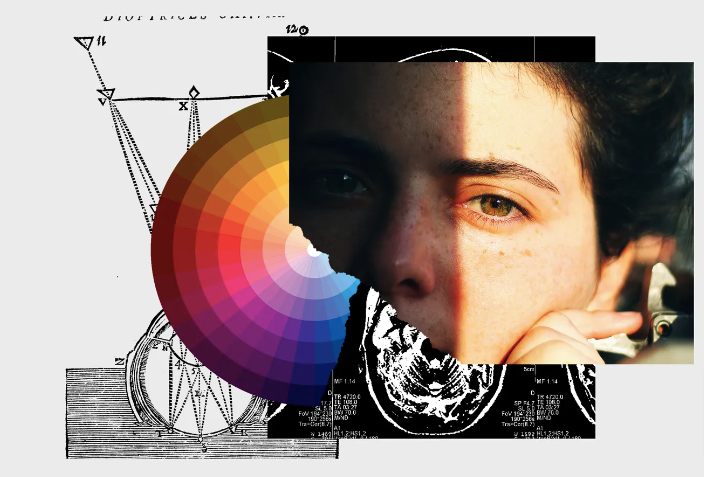The day a B-52 loaded with nukes crashed into a small town

Sixty years ago, at the height of the Cold War, a B-52 bomber disintegrated over a small Southern town, crashing with two 3.8-megaton thermonuclear bombs on board. An eyewitness recalls what happened next: "I was just getting ready for bed," Reeves says, "and all of a sudden I’m thinking, 'What in the world…?'" The 17-year-old ran out to the porch of his family’s farm house just in time to see a flaming B-52 bomber—one wing missing, fiery debris rocketing off in all directions—plunge from the sky and plow into a field barely a quarter-mile away. “Everything around here was on fire,” says Reeves, now 78.
Hacker group gets Doom to run on a tractor
The internet has shown us that Doom can run on everything from a cardboard box to a Roomba and even a single keyboard key, but now we can add a John Deere tractor to that list, says The Verge. Security researcher Sick Codes worked with Doom modder Skelegant to get the game running on a John Deere tractor display and showed off some gameplay at the Def Con hacking conference in Las Vegas. In the video posted by Sick Codes, you can see how the game plays as a sort of transparent overlay on top of the John Deere user interface (UI). Sick Codes says the whole process took months and involved jailbreaking the Linux system used by the John Deere 4240 tractor. This version of Doom has, naturally, been modified to take place in a corn field, where the player mows down enemies on a tractor.

How the New York Times uses machine learning to evolve its paywall
The New York Times launched its paywall in March 2011, with a “metered” form of access, which allows nonsubscribers to read a fixed number of articles every month before encountering a paywall. This strategy has proven successful in generating subscriptions while at the same time allowing for initial exploratory access to new readers. But the paywall strategy has evolved over the years, a blog post on the Times site explains: in a nutshell, the Times is using what's called a "causal machine learning model" called the Dynamic Meter to set personalized meter limits and to make the paywall smarter.

Tesla offers owners the ability to become part of "the world's largest distributed battery"
Tesla is offering California residents with one of the company's "Powerwall" whole-house battery storage units the opportunity to earn $2 per kw/h if they agree to participate in what the state is calling its "Emergency Load Reduction Program." In the case of a power emergency, Pacific Gas and Electric Company would be allowed to draw power from participating Powerwalls in order to supplement the power already in the California grid. "Become a part of the largest distributed battery in the world," says the Tesla announcement.

An escapee from Afghanistan writes about her journey out of the country
Bushra Seddique writes about her escape from Afghanistan: "The text message came a little before 5 p.m. It was August 26, 2021. Eleven days earlier, the Taliban had overthrown the Afghan government. My friend—a German writer and academic—had been trying to help my family flee the country. Now she told me she had gotten my two younger sisters and me on the list for a flight to Frankfurt, a last-minute evacuation negotiated by the German government and a nonprofit group. “What about my mom?” I asked. She didn’t reply for a moment. “I was not able to get her on this flight,” she answered. Please, I begged her.

What the Dress taught us about the brain
The Dress was a meme, a viral photo that appeared all across social media for a few months. For some, when they looked at the photo, they saw a dress that appeared black and blue. For others, the dress appeared white and gold. Whatever people saw, it was impossible to see it differently. For many, the Dress was an introduction to something neuroscience has understood for a long while: the fact that reality itself, as we experience it, isn’t a perfect one-to-one account of the world around us. The world, as you experience it, is a simulation running inside your skull, a waking dream. We each live in a virtual landscape of perpetual imagination and self-generated illusion.

Retired racehorses living their best lives
These retired racehorses are now sea horses living their best life. This slice of heaven is called Nihi Sumba, a forgotten island in Indonesia
— Gabriele Corno (@Gabriele_Corno) August 17, 2022
by Childsphotos pic.twitter.com/ozvhbGEfuo



